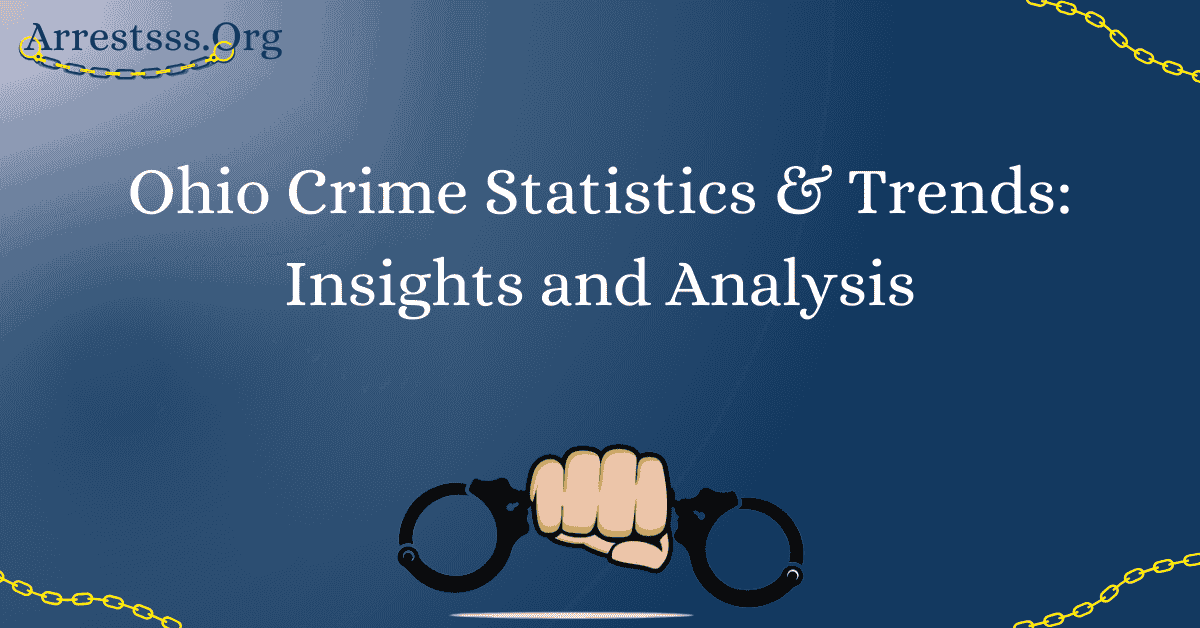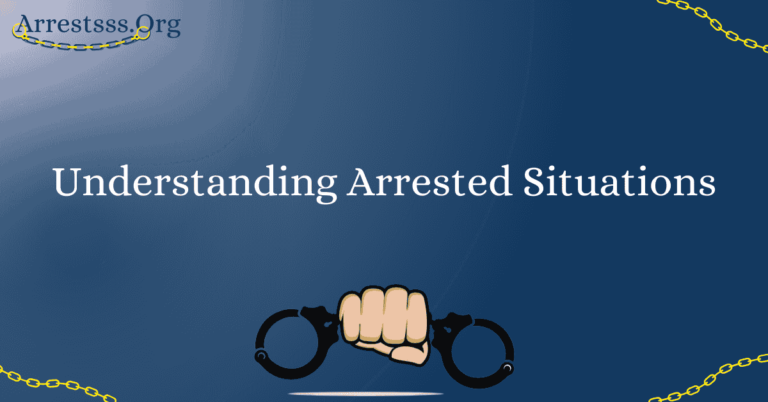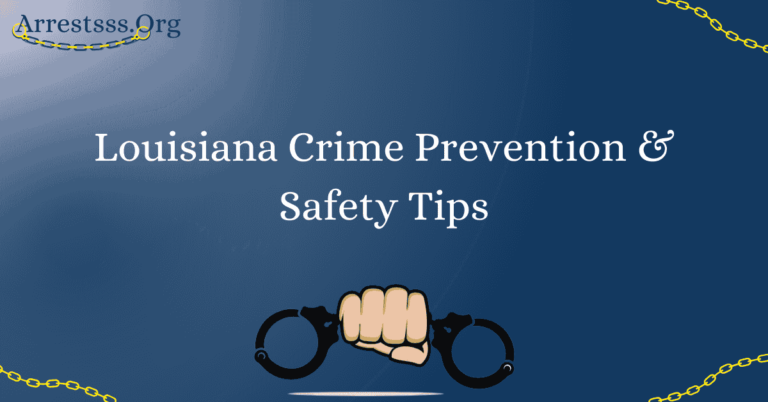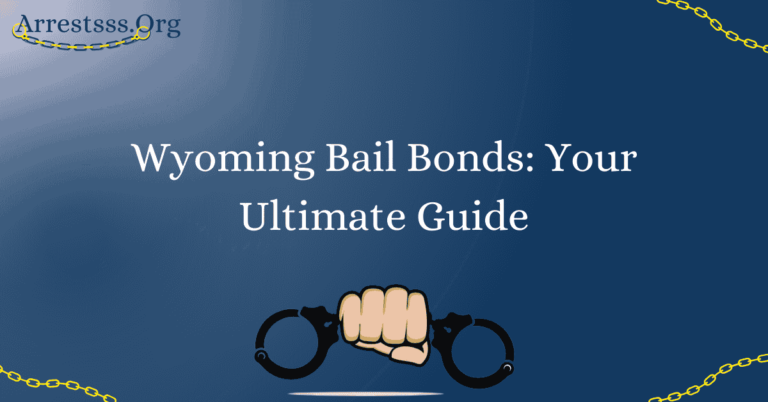Ohio Crime Statistics & Trends: Insights and Analysis

Understanding the current state of crime in Ohio is essential for residents and policymakers alike. In this comprehensive article, we’ll provide an in-depth analysis of “Ohio Crime Statistics and Trends.” By exploring various aspects of crime in the state, we aim to offer valuable insights into its safety landscape and the factors influencing it.
Ohio is a diverse state, characterized by bustling cities and tranquil rural areas. These differences contribute to unique crime challenges. Our objective is to examine the data, discuss historical trends, and consider the impact of various factors on crime rates, providing a holistic view that can help improve safety measures and policies.
Overview of Ohio’s Crime Statistics
To begin, let’s gain a broad understanding of Ohio’s crime statistics. By drawing data from state and federal sources, we’ll offer up-to-date insights into the prevalence and nature of crime in Ohio. This information serves as a foundational point for our analysis.
Trends in Violent Crime
Violent crime remains a significant concern for the state. We’ll delve into historical trends, examining crimes such as homicide, assault, and robbery. By understanding the patterns and shifts in violent crime, we can better address these challenges.
Property Crime Patterns
Property crimes, encompassing offenses like burglary, theft, and vandalism, affect individuals and businesses. We’ll investigate how these crimes have evolved in Ohio, shedding light on their impact and potential preventive measures.
White-Collar Crime Insights
White-collar crimes, including fraud and embezzlement, can have substantial financial consequences. Our article will discuss notable white-collar crime cases and explore the measures in place to combat these offenses.
Factors Influencing Crime Rates
Numerous factors contribute to crime rates, including demographics, economic conditions, and access to education. We’ll thoroughly analyze the role of these factors in shaping Ohio’s crime landscape. Additionally, we’ll discuss initiatives aimed at addressing the root causes of crime.
Law Enforcement Strategies in Ohio
Effective law enforcement plays a crucial role in crime prevention. We’ll examine the strategies and initiatives employed by Ohio’s law enforcement agencies. From community-oriented policing to advancements in technology, we’ll provide an overview of their efforts to ensure public safety.
FAQ’s
What are the current crime statistics in Ohio?
As of my last knowledge update in September 2021, I don’t have access to real-time data. To get the most up-to-date crime statistics for Ohio, you should refer to official sources like the Ohio Department of Public Safety or the Federal Bureau of Investigation (FBI) Uniform Crime Reporting (UCR) program. These agencies regularly publish crime statistics and trends for the state.
What are some common crime trends in Ohio?
Crime trends in Ohio can vary by location and period, but some common trends include fluctuations in property crimes such as burglaries and vehicle thefts, as well as changes in violent crimes like homicides and aggravated assaults. To understand the current trends, it’s essential to review the latest reports and analyses provided by law enforcement agencies and academic institutions that study crime in Ohio.
How can I analyze Ohio crime statistics to better understand local safety?
To analyze Ohio crime statistics effectively, consider these steps:
- Access Data Sources: Gather data from reputable sources such as government agencies, police departments, and academic research.
- Identify Trends: Look for patterns and trends in the data over time, including changes in crime rates, hotspots, and types of offenses.
- Geographic Analysis: Analyze crime data by region or city to understand local variations in crime rates.
- Socioeconomic Factors: Consider socioeconomic and demographic factors that may influence crime, such as poverty levels, unemployment rates, and population density.
- Compare to National Averages: Compare Ohio’s crime statistics to national averages and neighboring states to gain context.
- Seek Expert Opinions: Consult with criminologists, researchers, or law enforcement professionals who specialize in Ohio crime trends for deeper insights.
- Community Engagement: Engage with local community organizations and law enforcement agencies to better understand and address safety concerns in your area.






